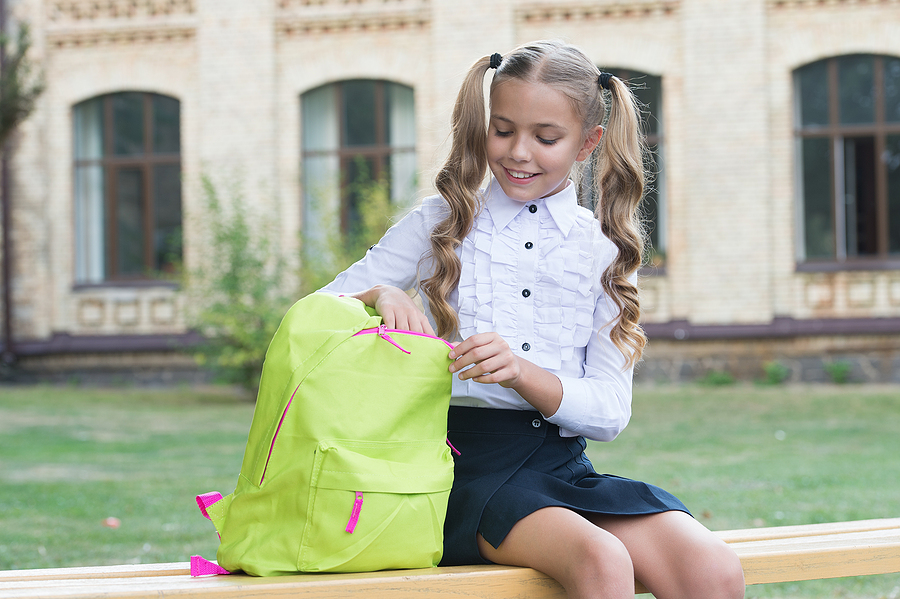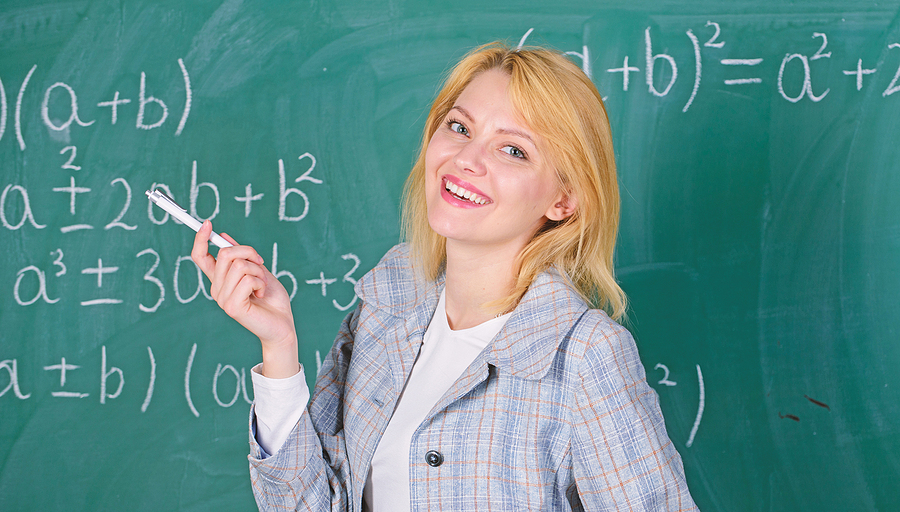There was once a time when physical education (P.E.) was not a priority in schools. However, this has changed in recent years as school districts are realizing that physical education is just as important as math, science, or history. Finally, people are seeing the fundamental role that physical education plays in the growth and development of each and every student. Beyond simply teaching children about teamwork or how to play different sports, physical education is about promoting health. Studies are increasingly revealing that not only does P.E. benefit one’s physical health, but it also hugely impacts their mental health. For example, P.E. can reduce stress and anxiety, improve one’s mood, and more. That is why many schools have embraced the notion that a balance between academic school work and physical education is necessary if they wish to produce well-rounded students.
Kent Bonacki is currently a grant writer for the Park City School District (PCSD). He has over a decade of experience as a technical writer and three years’ experience as a project manager. He details the top five reasons why emphasizing physical education in primary and secondary school is of the utmost importance.
Physical Education Improves Social Skills
Kent Bonacki claims that physical education plays a critical role in fostering social interaction. The different activities and games children participate in during a P.E. class provide an opportunity to engage with their peers in a fun and more casual setting than any other class taught in school. Not only does playing a group sport like soccer teach children how to cooperate and work as part of a team, it also helps them develop the necessary social skills they will need to be successful. Through physical activities like sports, they will learn quickly that in order to achieve success, they need to be able to work well and socialize with others.
Physical Education Teaches Students the Importance of Staying Fit
All people, but especially children, learn best by observing others. One important lesson that physical education can teach all students is the importance of working out and staying fit. And by being a hands-on class, it allows children to see their teachers and peers working out before their very eyes. Even with the internet and YouTube, there is no substitute for observing someone in the flesh. It is the most effective form of teaching. In the case of physical education, children are more likely to learn how to exercise and understand the importance of doing it regularly when they see everyone around them doing it. In addition, most physical education curriculums showcase a wide range of physical activities. From weight training to basketball to track, gym class is an excellent way of acquainting students with all forms of exercise. This allows children to try out a bunch of different activities, making it much more likely they will find one they enjoy and want to continue outside of school.
Physical Education Teaches Health and Nutrition
According to Kent Bonacki, an often overlooked aspect of physical education is that it teaches students about health and nutrition. Again, nearly every P.E. curriculum goes beyond playing sports to health and wellness, where children will be taught about a range of health-related topics. For example, in a secondary school setting, students may learn about everything from sexuality to eating disorders and obesity. These lessons and discussions are especially important for teenagers who are dealing with a lot of change and societal pressure possibly for the first time in their lives.
Physical Educations Reduces Stress
That’s right, one of the greatest benefits of physical education doesn’t have to do with the physical body at all! P.E. has the ability to reduce the stress of each and every student who participates. School can be hectic for students of all ages. Whether you’re a high school student dealing with the pressure of applying to colleges or a primary school student with a lot of homework this term, everyone needs to unwind. Physical education provides an in-school opportunity for every student to relax, shares Kent Bonacki. Studies have shown that exercising relieves stress and anxiety and can boost one’s mood. How does this work you might be wondering? When you exercise, you breathe deeply which pumps more air into the lungs. The result of this is more oxygen making its way to your brain, which in turn, makes you feel more relaxed and stress free. Exercising is also known for releasing endorphins, which can improve your mood and make you feel happier. It’s important to note that reducing stress isn’t just good for one’s mental health, but can also positively impact their concentration and academic performance, making them all around better students.
Physical Education Promotes Healthy Growth and Development, Say Kent Bonacki
P.E. has the unparalleled ability to contribute to a child’s healthy growth and development. Firstly, for younger, primary school-aged children, the activities played in a physical education class play an important role in the development of bones and cartilages. Bone and muscle strengthening exercises are key for young children. Activities that promote this type of development include jumping, pushups, hula hooping, climbing, and even monkey bars. Second, physical education helps to prevent obesity and high blood pressure by helping students burn off extra calories. If these calories are not burned off, they will be stored in the body as fat. However, by engaging in a physical activity in gym class, children can get rid of these extra calories and turn them into energy, says Kent Bonacki.
Image Source: BigStock.com (licensed)
Related Categories: Health, Education, Reviews








